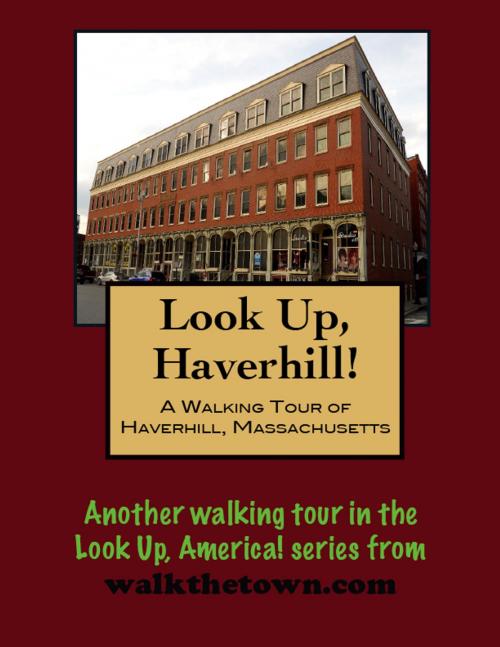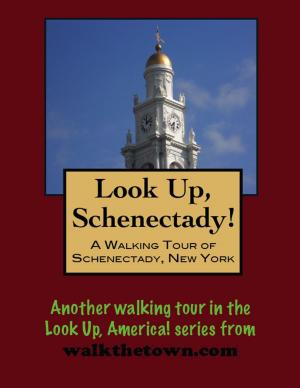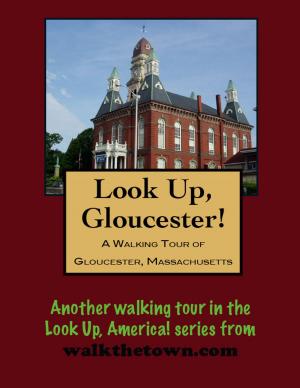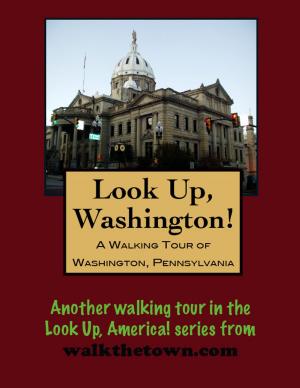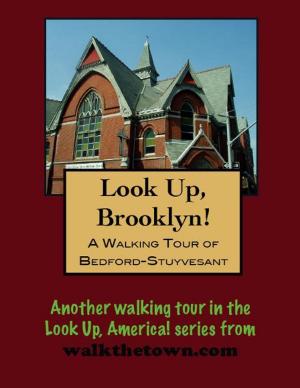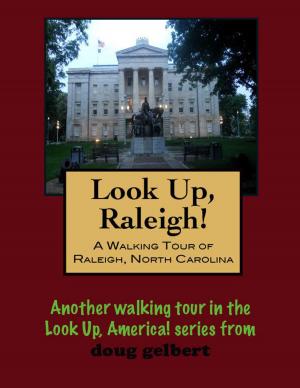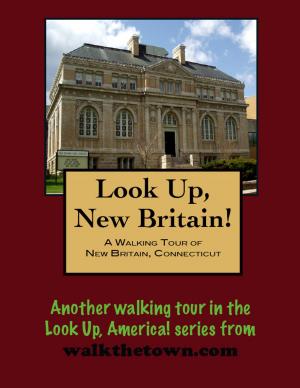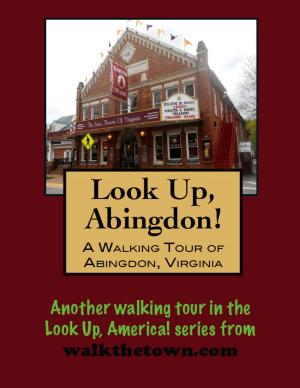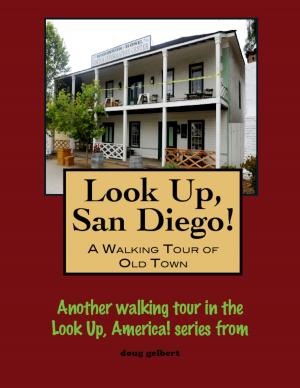| Author: | Doug Gelbert | ISBN: | 9781458034311 |
| Publisher: | Doug Gelbert | Publication: | February 14, 2011 |
| Imprint: | Smashwords Edition | Language: | English |
| Author: | Doug Gelbert |
| ISBN: | 9781458034311 |
| Publisher: | Doug Gelbert |
| Publication: | February 14, 2011 |
| Imprint: | Smashwords Edition |
| Language: | English |
There is no better way to see America than on foot. And there is no better way to appreciate what you are looking at than with a walking tour. Whether you are preparing for a road trip or just out to look at your own town in a new way, a downloadable walking tour is ready to explore when you are.
Each walking tour describes historical and architectural landmarks and provides pictures to help out when those pesky street addresses are missing. Every tour also includes a quick primer on identifying architectural styles seen on American streets.
When the village was founded in 1640 on the banks of the Merrimack River it was known as Pentucket, an Indian word roughly translated as “place of the winding river.” That river helped shape the settlement for the better part of 200 years until the rise of bigger ocean-going ships sapped the importance of river towns. The towns merchants shifted their capital to manufacturing, first in hats and then in shoes. By 1836 there were 28 shoe factories in Haverhill with more on the way.
The city incorporated in 1870 as the shoe industry began to hit its stride. The town around Main Street was filled by this time and with the need for bigger and more efficient factories manufacturers turned west, towards the railway and began building around Washington Square, then a residential area. In a ten year period from 1872 to 1882, virtually every shoe and leather maker had moved to this area and replaced the houses with both wooden and brick factories. And then, on an inhumanly cold wintry night on February 17, 1882 a fire started in a stove in one of the shoe company offices. Before the fire was contained 10 acres of downtown Haverhill would be destroyed. Virtually every worker in town was tossed into unemployment.
The conflagration was so sensational that the New York Times wrote about it for days, “The city was full of strangers to-day viewing the ruins left by the fire. Train-loads came from Lowell and Lawrence, and a large number of people from the surrounding towns arrived by all sorts of conveyances. Several safes have been opened to-day, in most f which the contents were found to be unharmed. There were a great many, however, broken by falling from the upper stories, and many open ones can be seen in the ruins, their combustible contents reduced to dust, through which in many cases, shine melted gold and silver. Many disreputable persons came to town yesterday for predatory purposes, but the summary treatment of one man caught pilfering, who was beaten insensible by the citizens and Police, and the cool and praiseworthy diligence of the local authorities, made the plying of their trade extremely dangerous and there has not been a theft to the amount of $1 reported to the City marshal, nor any known tho the citizens.”
Despite the losses, Haverhill manufacturers set out to rebuild immediately and the factories they constructed stand today as some the finest examples of Queen Anne industrial architecture in the country. Humming once again, by 1913 one out of every 10 pairs of shoes worn by Americans originated on a Haverhill factory floor. It had earned the moniker of “Queen Slipper City.”
No one taking out walking tour today will be wearing a Haverhill shoe but many of the old factories remain in the area we will be exploring, designated as the Washington Street Shoe Historic District...
There is no better way to see America than on foot. And there is no better way to appreciate what you are looking at than with a walking tour. Whether you are preparing for a road trip or just out to look at your own town in a new way, a downloadable walking tour is ready to explore when you are.
Each walking tour describes historical and architectural landmarks and provides pictures to help out when those pesky street addresses are missing. Every tour also includes a quick primer on identifying architectural styles seen on American streets.
When the village was founded in 1640 on the banks of the Merrimack River it was known as Pentucket, an Indian word roughly translated as “place of the winding river.” That river helped shape the settlement for the better part of 200 years until the rise of bigger ocean-going ships sapped the importance of river towns. The towns merchants shifted their capital to manufacturing, first in hats and then in shoes. By 1836 there were 28 shoe factories in Haverhill with more on the way.
The city incorporated in 1870 as the shoe industry began to hit its stride. The town around Main Street was filled by this time and with the need for bigger and more efficient factories manufacturers turned west, towards the railway and began building around Washington Square, then a residential area. In a ten year period from 1872 to 1882, virtually every shoe and leather maker had moved to this area and replaced the houses with both wooden and brick factories. And then, on an inhumanly cold wintry night on February 17, 1882 a fire started in a stove in one of the shoe company offices. Before the fire was contained 10 acres of downtown Haverhill would be destroyed. Virtually every worker in town was tossed into unemployment.
The conflagration was so sensational that the New York Times wrote about it for days, “The city was full of strangers to-day viewing the ruins left by the fire. Train-loads came from Lowell and Lawrence, and a large number of people from the surrounding towns arrived by all sorts of conveyances. Several safes have been opened to-day, in most f which the contents were found to be unharmed. There were a great many, however, broken by falling from the upper stories, and many open ones can be seen in the ruins, their combustible contents reduced to dust, through which in many cases, shine melted gold and silver. Many disreputable persons came to town yesterday for predatory purposes, but the summary treatment of one man caught pilfering, who was beaten insensible by the citizens and Police, and the cool and praiseworthy diligence of the local authorities, made the plying of their trade extremely dangerous and there has not been a theft to the amount of $1 reported to the City marshal, nor any known tho the citizens.”
Despite the losses, Haverhill manufacturers set out to rebuild immediately and the factories they constructed stand today as some the finest examples of Queen Anne industrial architecture in the country. Humming once again, by 1913 one out of every 10 pairs of shoes worn by Americans originated on a Haverhill factory floor. It had earned the moniker of “Queen Slipper City.”
No one taking out walking tour today will be wearing a Haverhill shoe but many of the old factories remain in the area we will be exploring, designated as the Washington Street Shoe Historic District...
